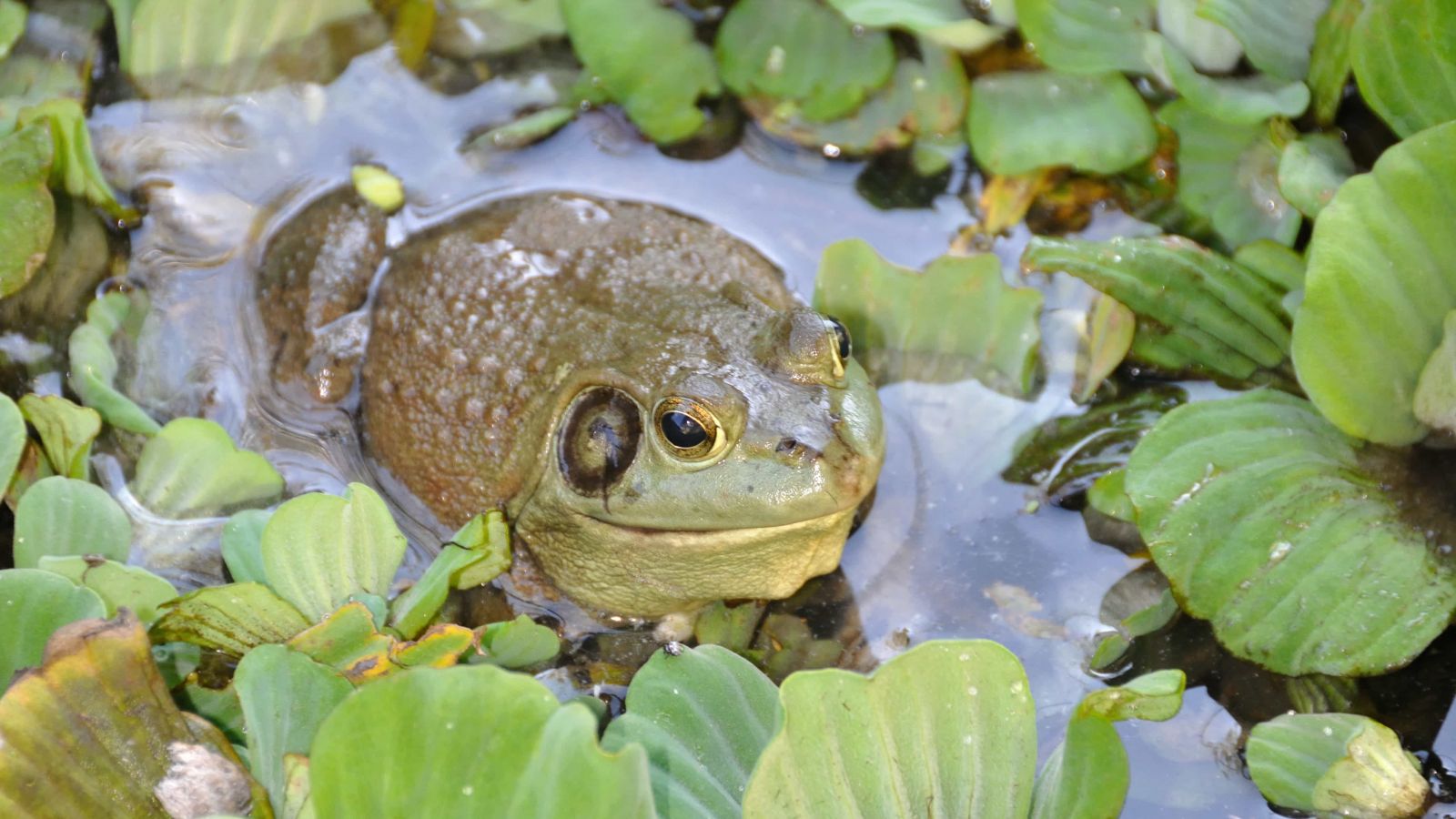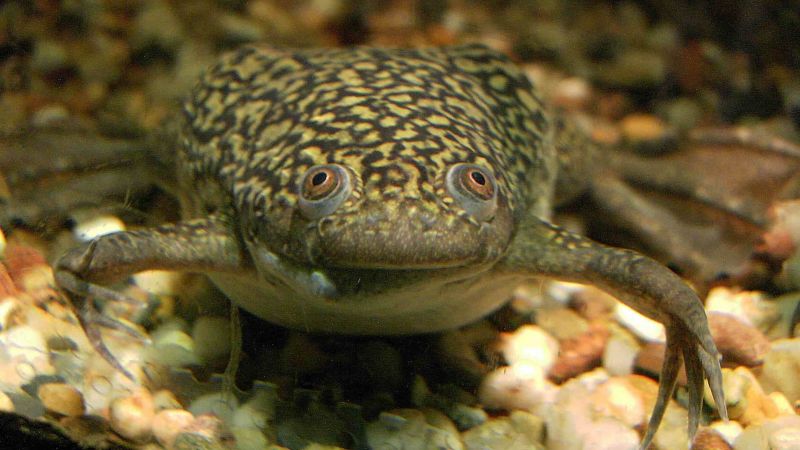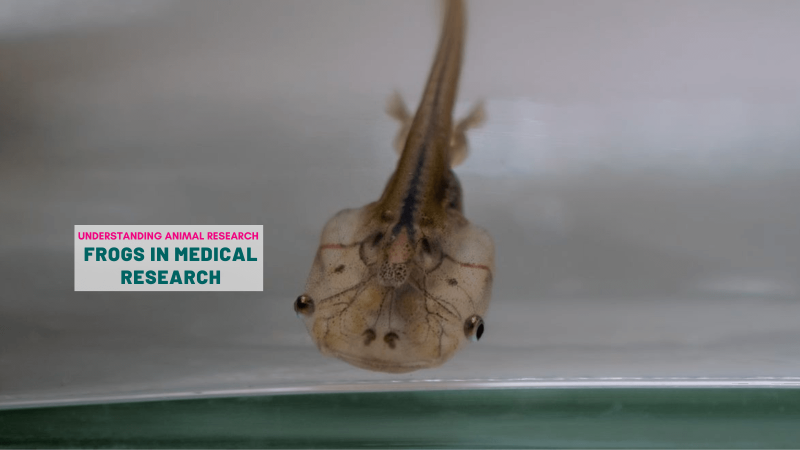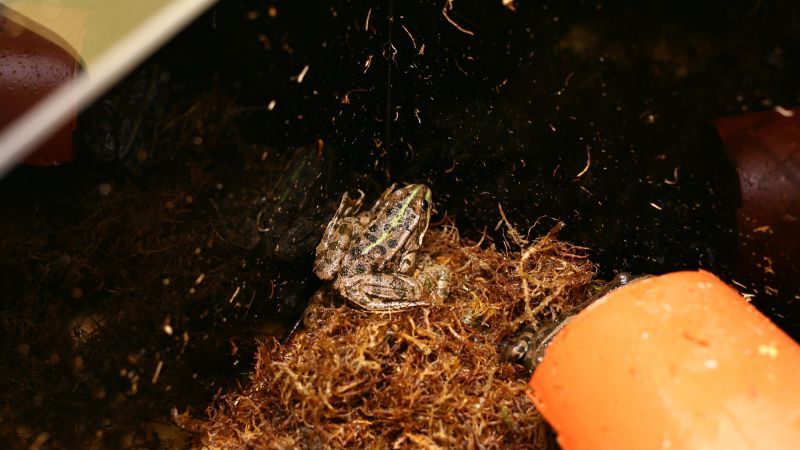Genetic clues reveal origins of killer fungus behind the ‘amphibian plague’
A deadly fungus responsible for the devastation of amphibian populations around the world may have originated in East Asia, new research has found.
The researchers highlight the need to tighten biosecurity across borders, including a potential ban on trade in amphibians as pets to ensure the survival of vulnerable species.
Captive Bombina orientalis imported to Europe from S.Korea,
Photo Frank Pasmans
Batrachochytrium dendrobatidis (Bd), known as chytrid fungus, has long been identified as a cause of the decline and extinction of species of frogs, toads, newts and other amphibians across several continents.
Chytrid is distributed around the world but to date it has remained unclear where killer strains of the pathogen first emerged. Now, new research published in the journal Science and led by researchers at Imperial College London alongside partners including ZSL (Zoological Society of London) and UCL, suggests the killer fungus currently ravaging global amphibian populations originated in East Asia.
The group also highlights the threat of another amphibian pathogen which has also emerged from Asia (B. salamandrivorans or BSal) affecting salamanders in Europe and whose spread is also linked with the global trade in pet amphibians from Asia.
Professor Matthew Fisher, from the School of Public Health at Imperial, said: “Our research not only points to East Asia as ground zero for this deadly fungal pathogen, but suggests we have only uncovered the tip of the iceberg of chytrid diversity in Asia. Therefore, until the ongoing trade in infected amphibians is halted, we will continue to put our irreplaceable global amphibian biodiversity recklessly at risk.”
‘Recent Asian origin of chytrid fungi causing global amphibian declines’ by Simon O’Hanlon et al, is published in Science. DOI 10.1126/science.aat6411
Watch our interview with Matthew Fisher below.
Last edited: 8 March 2022 10:04




